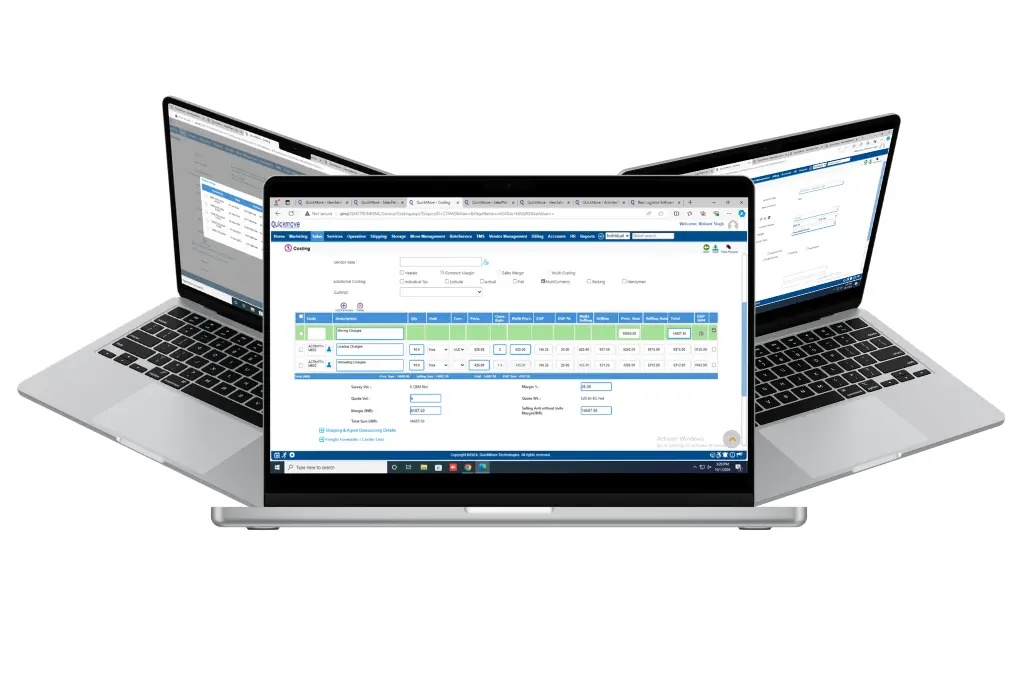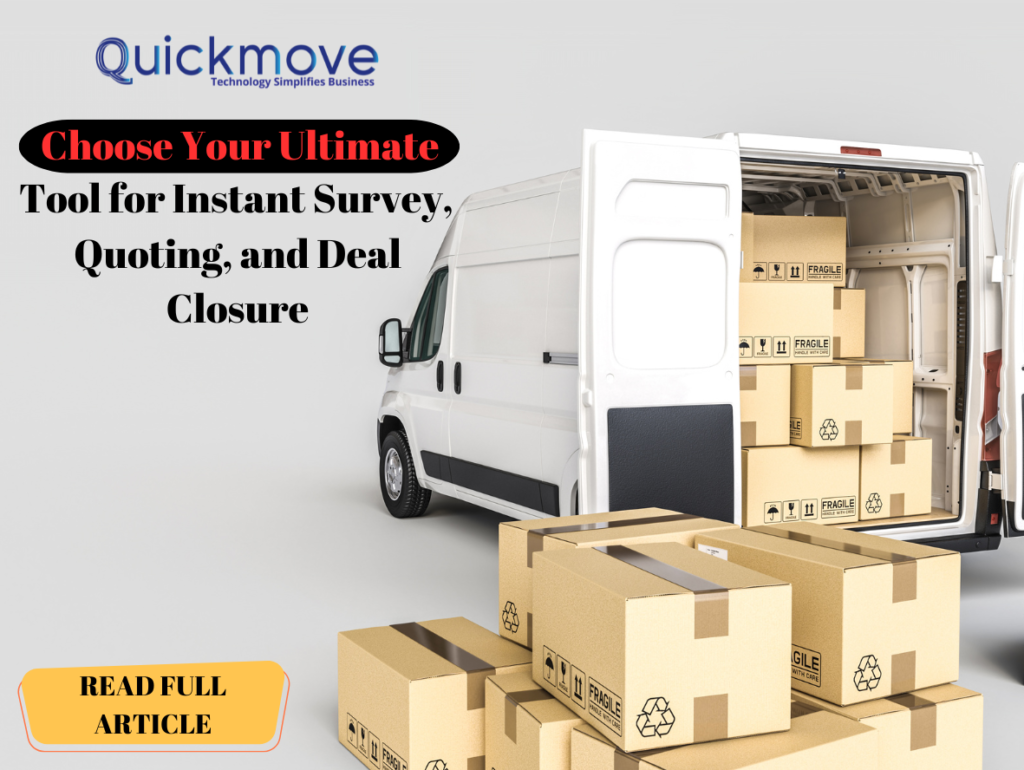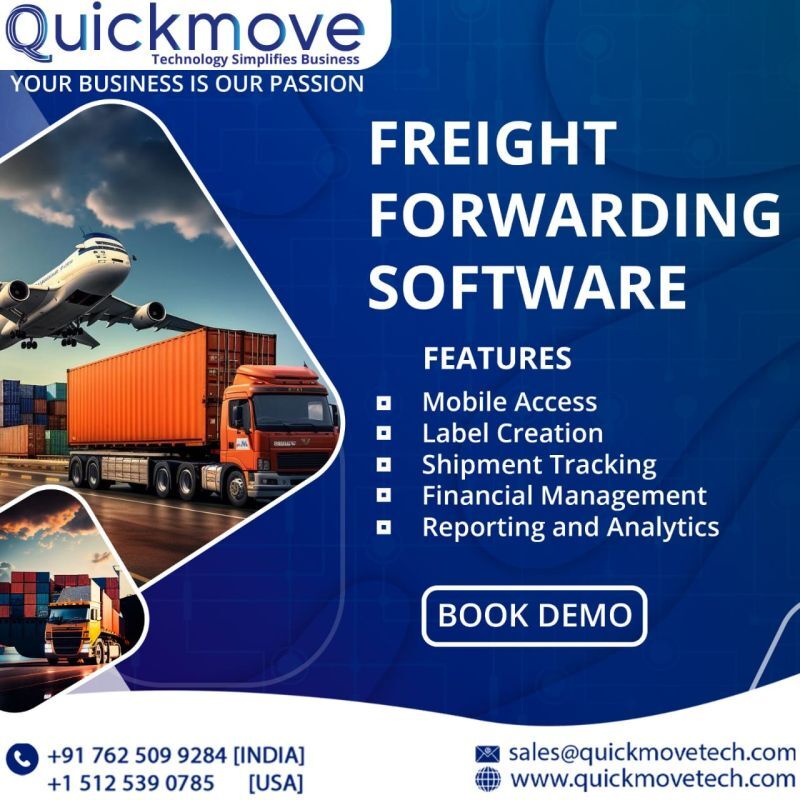In today’s highly competitive logistics landscape, staying ahead requires more than manual processes and guesswork. Businesses that want to reduce freight costs, automate logistics operations, and improve delivery performance are turning to Transport Management Systems (TMS) to gain an edge.
If you’re searching for the best TMS software or looking to implement transport management software, this guide will walk you through exactly why it’s a must-have for logistics success in 2025 and beyond.
A transport management system helps to organize and optimize the distribution of goods throughout a company. A digital system helps organizations schedule, carry out, and optimize supply chain product movements using a transport management system (TMS). From freight monitoring and route optimization to automatic carrier selection, a TMS simplifies the whole logistics process.
Advantages of a Transport Management System
1. Real-time Tracking
A TMS provides full cargo visibility using GPS and IoT technologies. Realtime checking of deliveries by consumers and operations teams reduces WISMO (“Where is my order?”) calls and improves satisfaction.
2. Automated Carrier Choice & Rate Management
The TMS automatically compares freight rates from multiple carriers, helping you choose the best one based on cost, reliability, or delivery timelines.
3. Last-mile Delivery Route Optimization
AI-powered route optimization helps current TMS systems to lessen their delivery times and fuel consumption. For last-mile logistics companies, 3PLs, and e-commerce, this is particularly valuable.
4. Automation of billing and audit of freight
Avoid billing errors and manual reconciliation. The system ensures accurate freight billing, generates invoices, and audits shipments to flag discrepancies.
5. Adherence to rules and paperwork
Create and save eway bills, proof of delivery, and official documents digitally. A good TMS aids you in remaining audit-ready and in compliance.
For whom might a TMS be appropriate?
- Freight Forwarders Manage complex, multi-leg shipments with ease
- Companies in the 4PL and 3PL give value-added services centrally visible
- Warehousing companies combined end-to-end management with WMS and TMS software.
- E-commerce & Retail: Ensure seamless last-mile delivery experiences
- Manufacturers need to simplify incoming and outgoing logistics sources.
What to Look for in the Best TMS Software
While appraising a TMS, give first importance to:
- A scalable, remotely accessed cloud-based design.
- Integration abilities: carrier APIs, CRM, WMS, ERP
- Realtime analysis and personalized dashboard.
- Workflow customization for several kinds of freight—from less than truckload to full truckload.
- Software for transportation management systems Configure services on the cloud.
- Customizable transport management software
- TMS program having live tracking
Conclusion:
Investing in a TMS is not just a technology improvement; it is a strategic step toward automatic, data-driven logistics control. The proper TMS will increase efficiency throughout your supply chain, whether you are seeking to lower logistics costs, enhance customer satisfaction, or scale operations.
Seeking a trustworthy TMS provider?
Explore how QuickMove’s Transport Management System can help your business scale, automate, and lead in 2025.
 Email Us
Email Us

 Freight Forwarding Software
Freight Forwarding Software Moving/Removal Software
Moving/Removal Software Warehouse Management System
Warehouse Management System Transport Management System
Transport Management System Customer Service Portal
Customer Service Portal Move Survey Quote Pro
Move Survey Quote Pro Digital Logistics Inventory App
Digital Logistics Inventory App

